Advancing health and well-being through better buildings, stronger organizations, and more vibrant communities has long been the mission of the International WELL Building Institute.
Though that mission has not changed, it has expanded in 2020 with the creation of the WELL Health-Safety Rating, which aims to assist organizations in prioritizing health and safety in a post-COVID-19 world.
“Now more than ever we understand the power of place in the future of protecting our families, businesses and public at large,” Rachel Gutter, president of IWBI, said during RetailSpaces (Almost) Live.
During her discussion, Gutter outlined the use of WELL Health-Safety Rating and how it could impact the world of retail in the coming months and years.
What Is WELL Health-Safety Rating?
WELL Health-Safety is a subset of requirements of the WELL Building Standard specific to design in the world that we are currently living in, Gutter said.
The designation focuses on operational policies, maintenance protocol, emergency plans and stakeholder education to address acute health threats within the built environment — most specifically COVID-19, but not limited to the virus.
In creating the Health-Safety Rating, IWBI convened a COVID-19 task force of professors, former surgeon generals, real estate executives and more than 600 other experts who used the latest science and evidence to determine how buildings and organizations can be part of the fight against the virus.
“You can’t design your way out of COVID-19,” Gutter said. “You can put all the provisions into place that you want from an operational perspective and design perspective, but if you don’t have a policy that encourages employees to stay home when sick, or provisions to screen people as they enter the space or other protective mechanisms… then the second someone walks into that space who is infected and sneezes without using their arm to cover, everybody is going to be exposed.”
WELL Health-Safety focuses to specifically address these potential gaps.
“It doesn’t require costly capital improvement,” Gutter said. “It’s a subset of features in WELL, so you can achieve it in a much faster timeline.”
Focused On The Consumer
In the retail world, WELL Health-Safety can be used to instill confidence in consumers and employees.
“They are struggling with concerns and how to get back to some sort of normalcy amidst the pandemic,” she said of retailers.
In the past, while many retailers and hospitality organizations may not have found customers cared much for or sought out businesses with LEED or WELL certification, that isn’t necessarily the case today when it comes to health and safety.
“One of the challenges sustainability has struggled with in sectors that cater to consumers — the shoppers and hotel guests — has been associated with scarcity or what you give up as opposed to what you gain,” Gutter said.
But WELL is different, it filters a lot of these same themes through the lens of what customers care about, including their health and their family’s health, Gutter said. That’s another reason WELL Health-Safety Rating is appealing to retailers.
“There’s an enormous level of participation from retail,” Gutter said of WELL Health-Safety. “Many thousands of the projects registering so far are retail establishments of some variety.”
In fact, Gutter noted that in the past 60 days, the number of projects registered — more than 5,000 — has exceeded the number of WELL projects overall.
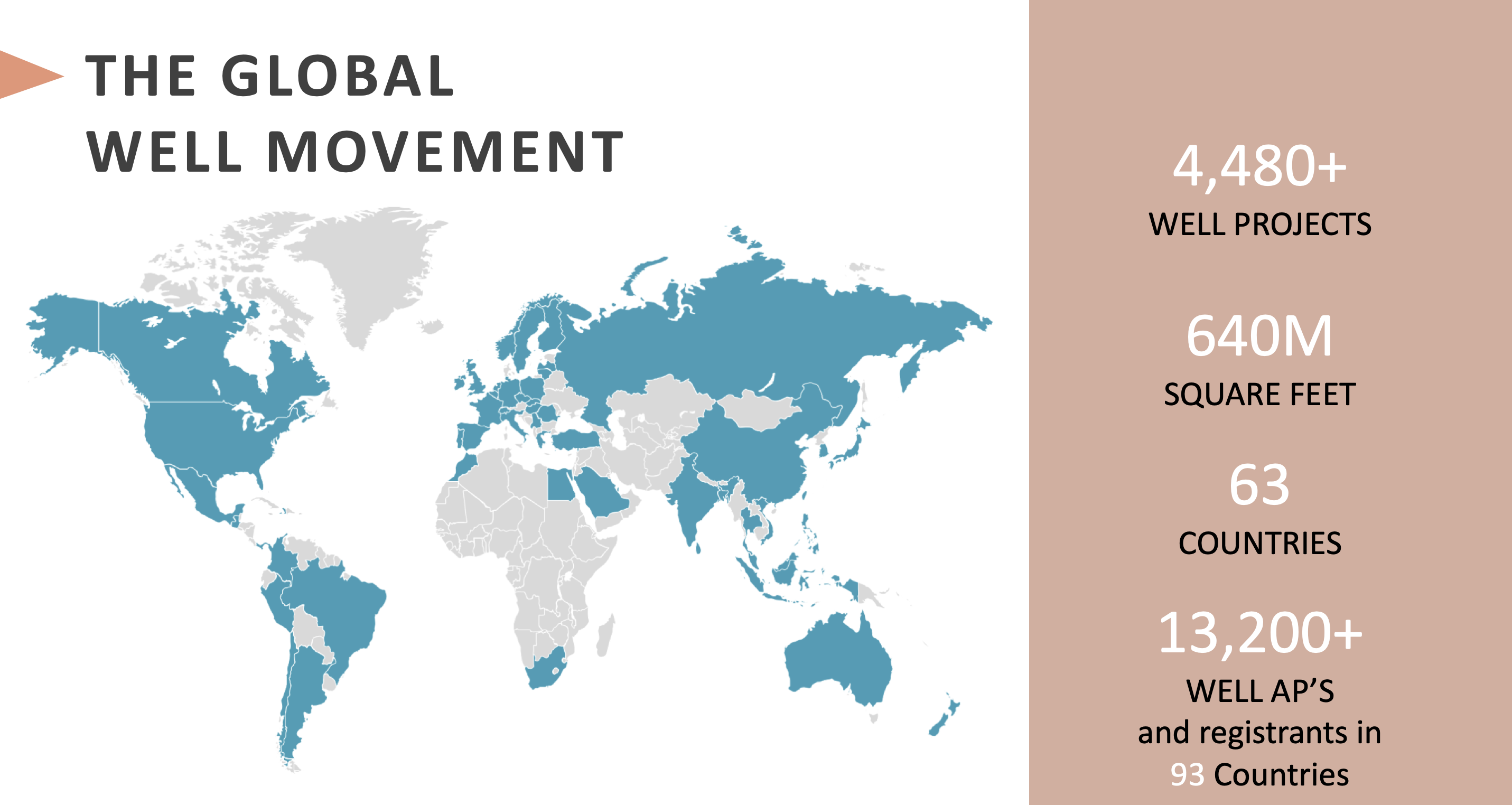
“We are seeing very high levels of interest and engagement from retailers,” Gutter said. “Ultimately, what they need more than anything is to help staff and customers feel comfortable coming back through the doors.”
That’s exactly what the Health-Safety Rating seal stands for, Gutter said.
“It’s a third-party, validated, rigorous review process that affirms you've thought of all the right things and had your work checked,” she said.
Two Customers
Gutter said that since the creation of WELL Health-Safety, IWBI has noticed two types of businesses seeking the certification
The first group already knows what they need to do to address the virus in their environments. Typically, they have spent months consulting with experts and creating guidelines.
Essentially, they need someone to check their work, she said, to make sure they haven’t missed anything or have gaps in their preparedness.
For these groups, the certification process could take a matter of weeks.
The second group of customers seeking WELL Health Safety certification often don’t know what to do.
“That’s more of a journey,” she said. “Schools, for instance, we’ve found are really struggling to get their footing and what are the most important things to focus on to prepare their spaces.”
As far as a timeframe for these customers, Gutter said, it depends on how quickly an organization can get their documentation together.
“We aren’t looking for you to create something new,” she said. “We are looking for you to show us what you’ve already done.”
An Early Adopter
One of the early companies to seek a WELL Health-Safety Rating was the New York Yankees.
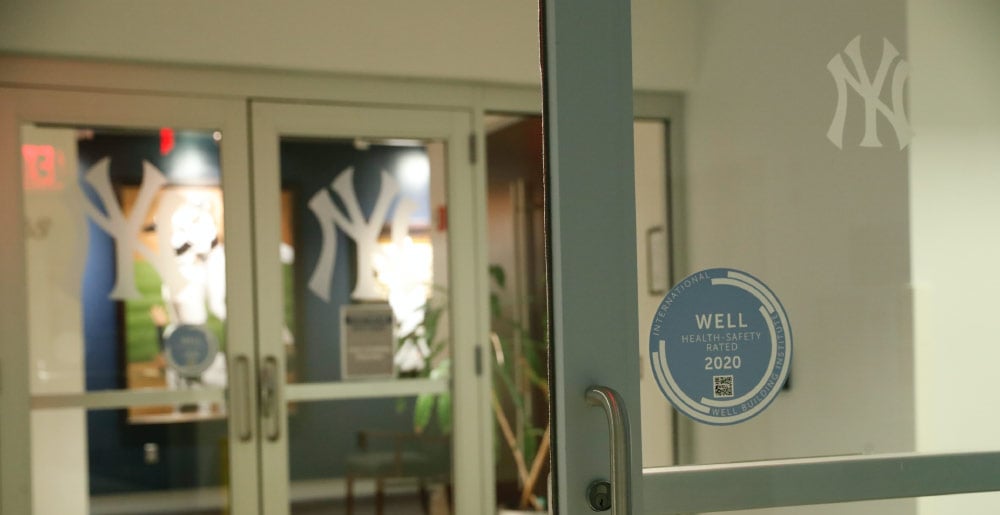
The Yankees was one of the first organizations to implement the new Health-Safety Rating
“They understood from the very outset how critically important it is and would be as they prepared to welcome not just fans back to the stadium, but players,” Gutter said. “They recognized that having the seal on the outside could serve as a shorthand that customers could feel more confidence going inside.”
The Yankees, Gutter said, fell into the first category of businesses seeking certification.
“Their documentation was completed in a space of two weeks,” she said. “We in turn, along with our third-party verification partner, took about two weeks of business days to turn the review around.”
By achieving the WELL Health-Safety designation, the Yankees can now operate with confidence that they are using best practices for players, staff and eventually, fans.
Moving Forward
With thousands of projects now registered to seek the WELL Health-Safety Rating, Gutter said that IWBI will look to continue its work creating a system that is nimble and a living standard.
The system must remain flexible “especially because when it comes to human health, we know the landscape of research and evidence is shifting all the time,” she said.
IWBI will continue to come from a place of evidence, using new insights surrounding interventions. “We can quickly incorporate them into our system and make them available to our users based on what research has to say,” she said.
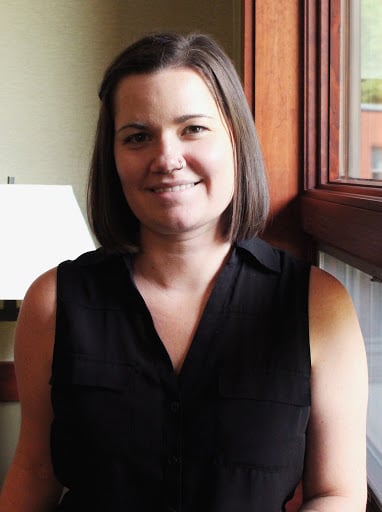
Posted by
Physical Retail Reimagined.
RetailSpaces is a community for store development and design innovators.
March 29-31, 2026 | San Antonio, TX
Learn More!
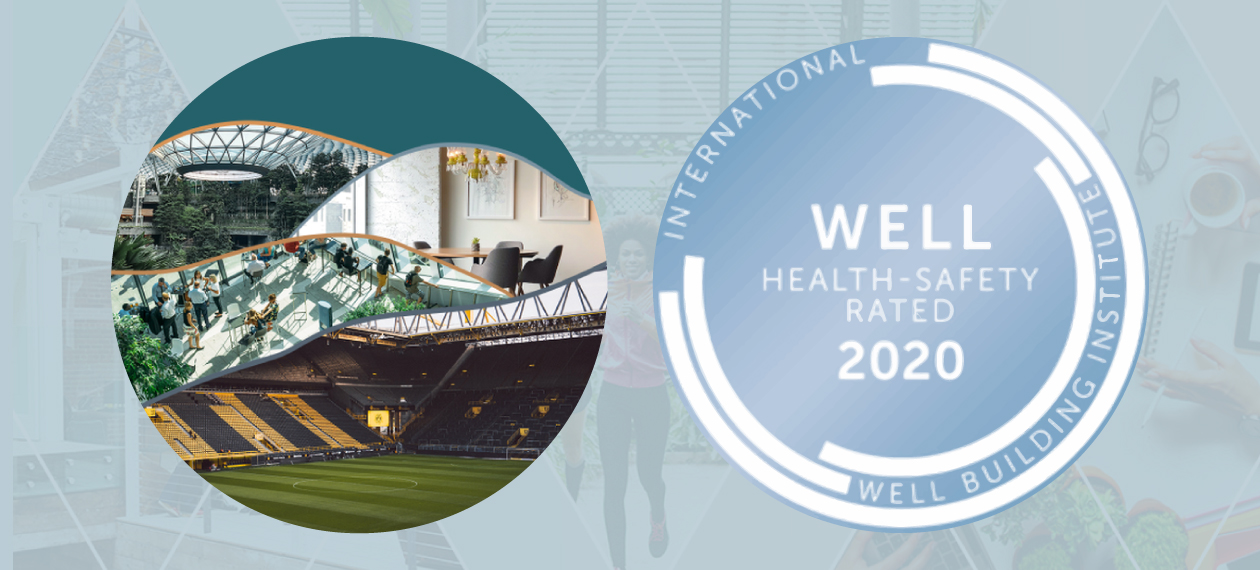





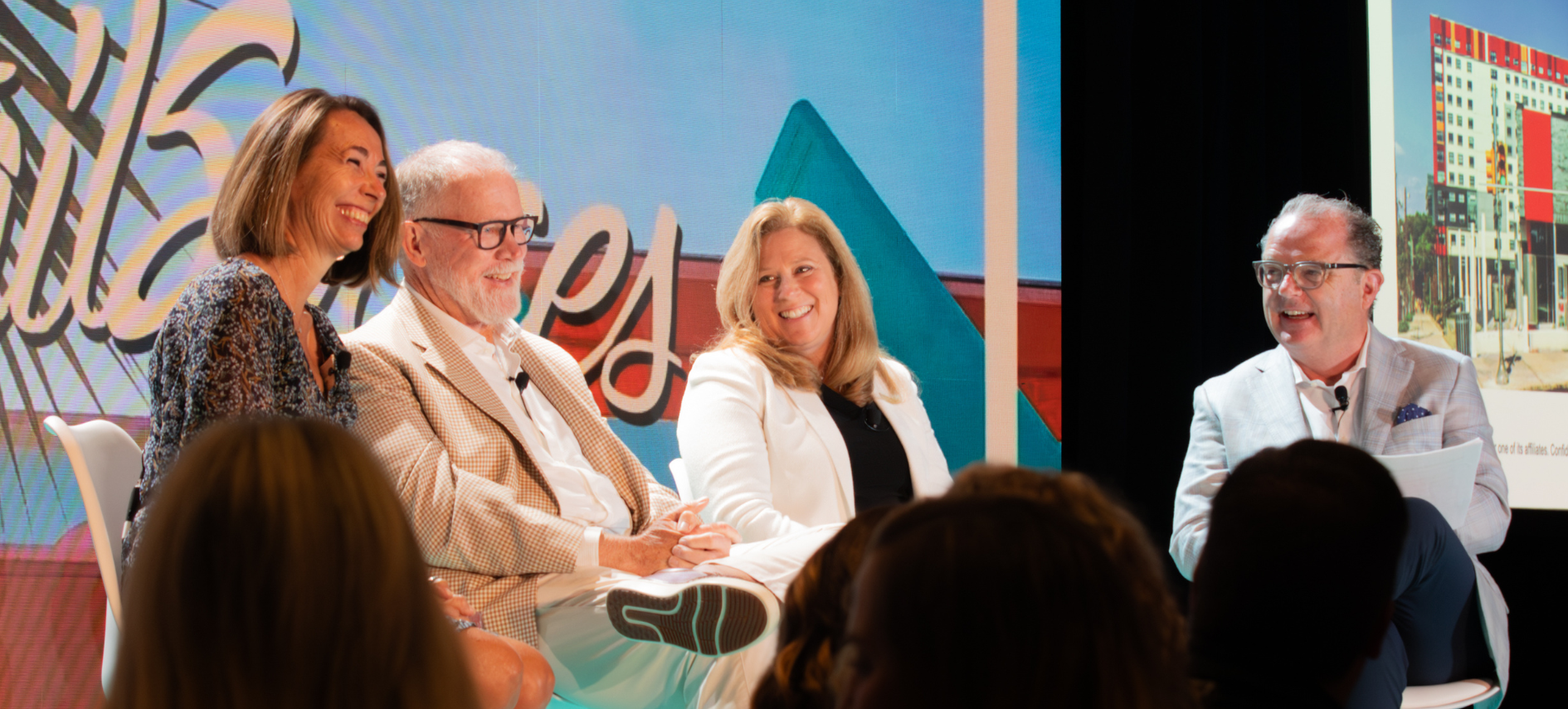

Comments